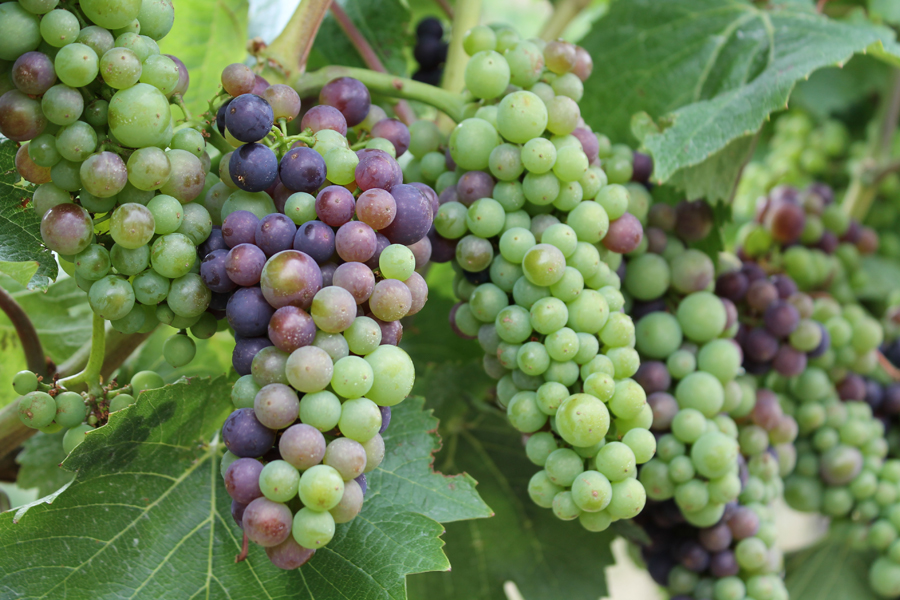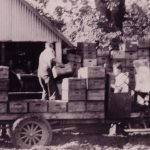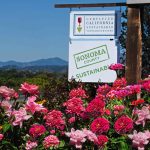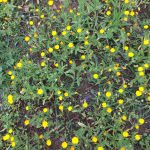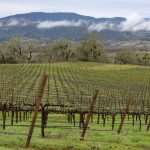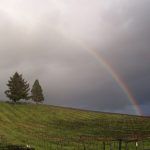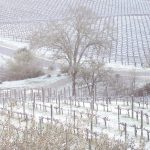Ever read a winery website, blog, wine fact sheet or social media post and think, “what does that mean?” This might be especially true when grape growing terms are used.
Any industry’s terminology or jargon can be confusing, and may cause you to lose interest in what you are reading. The wine industry is equally guilty of writing copy that includes words that people outside the industry rarely understand.
Grape Growing Terms Exposed
Let’s explore a few terms that wineries use to describe vineyards, vines, and grapes.
Sustainability
Sustainability is a term that you may not have seen a decade ago, but is now popping up everywhere. But what does it really mean? The dictionary defines it as “avoidance of the depletion of natural resources in order to maintain an ecological balance.”
Karissa Kruse, president of the Sonoma County Winegrowers, defines it as using farming practices that ensure we are able to continue farming for generations to come. In a recent WineRoad podcast, she explains that there are over 100 best management practices for sustainability. They include biodiversity (variety in a particular habitat or ecosystem) of things like the cover crop that is planted in between the grape vine rows, how water is used, how farmers control disease and pests, and even how we engage with our community and take care of our work force, including health care and education. Who knew sustainability meant all those things, and there are even more.
The Sonoma County Winegrowers are so dedicated to protecting agriculture through sustainability, they have committed to having 100% certified sustainable vineyards in Sonoma County by 2019. Right now Sonoma County has 92% of its vineyards certified sustainable. That is an impressive number since this goal was only set in January 2014.
When you see the word sustainable associated with a Sonoma County grown wine, you can be assured those grapes were grown using practices that are good for the land and good for the people who work the land, too.
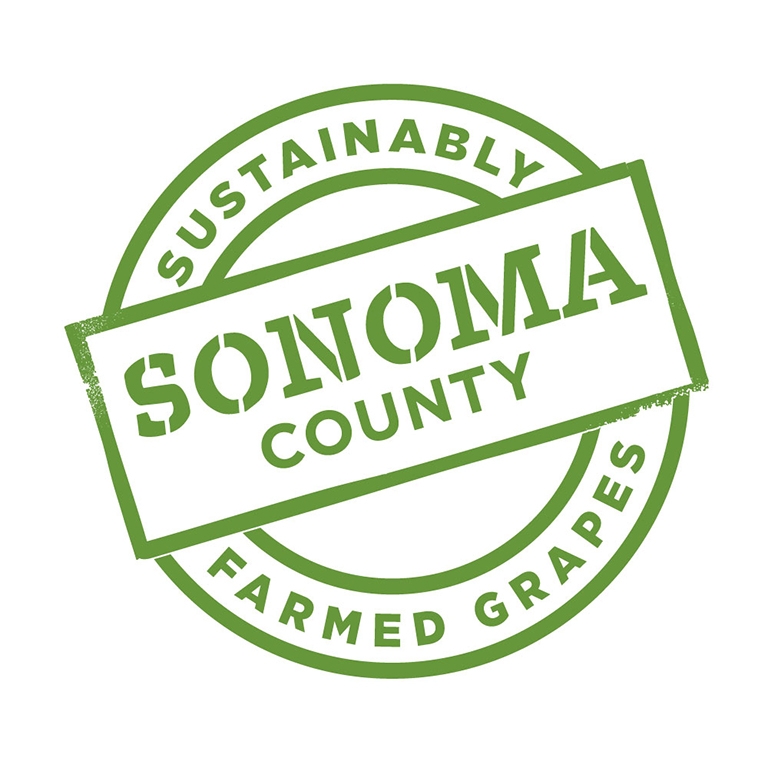
Starting with the 2017 vintage, wines produced from Sonoma County grapes that are certified sustainably grown can use this label on their wine bottles.
Field Blend
Early settlers in this region, especially those from Italy, brought with them grape growing practices from their homeland. Sometimes they planted vineyards with the intent to make one wine that was a blend of several grapes, giving the wine layers and dimensions unobtainable with a single grape variety. Even at the turn of the 19th century, Zinfandel was a popular variety to plant, but you might also have found Petite Sirah, Carignane, and Alicante Bouschet interplanted with the Zinfandel vines.
Over time many of those blended vineyards died and were replanted with a single variety like Zinfandel or Cabernet Sauvignon. The final wine might have small amounts of other varietals blended in—like 5% Merlot in the Cabernet Sauvignon, or 2% Petite Sirah in the Zinfandel—but that was done in the winery cellar, not in the vineyard.
A Granddaddy Field Blend
A few of the old field blend vineyards survived, and the past twenty years have seen a resurgence of interest in field blend vineyards and wines. ACORN Winery / Alegría Vineyards owns one of the oldest original field blend vineyards in Sonoma County, from which they produce their Heritage Vines Zinfandel. This vineyard is planted with a blend of Zinfandel, Alicante Bouschet, and Petite Sirah, plus small amounts of Carignane, Trousseau, Sangiovese, Petit Bouschet, Negrette, Syrah, Plavac Mali, Tannat, Muscat Noir, Peloursin, Béclan, Cinsaut, and Grenache vines.
What makes ACORN’s field blend wines unique is the grapes are interplanted in the vineyards. During harvest, all the varieties are picked together and then fermented together (fermenting when yeast transforms the sugar in grape juice into wine). The “blending” of the wines is determined by the grapes from that vineyard not by a winemaker in the cellar. ACORN only produces field blend wines, including their Medley that is a blend of their field blends.
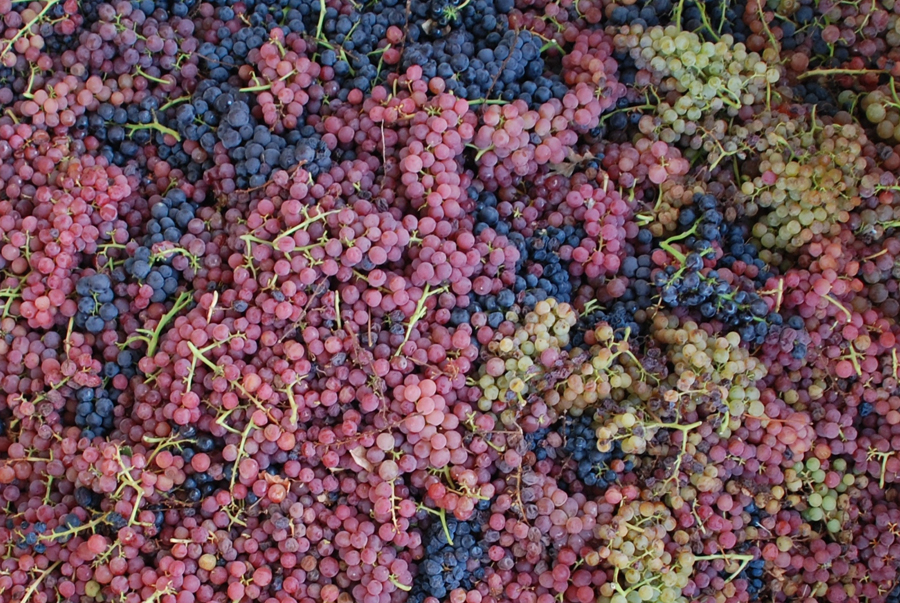
A field blend of grapes from Alegría Vineyards that will eventually become ACORN Winery’s Medley, one of their signature field-blend wines. Photo courtesy of ACORN Winery / Alegría Vineyards
A Whole Lot of “V”s
Wineries use so many specialized terms that listing them all here is impossible. I focused on a few “V” words to shorten my list.
Viticulture – the science, study, and production of grapes. If you are a student at the local college studying the best practices for growing grapes, you’re taking viticulture classes.
Viticulturist – also known as a grapegrower, which is a more user-friendly term.
Vigneron – this is the French term for a grapegrower who makes wine from the grapes they grow, generally being very hands-on with the entire process. We don’t have an equivalent in English, yet when I see the word vigneron in an article or website with no explanation, I wonder how many readers know what this means.
Veraison – around mid-July, we start hearing that veraison is here and harvest is only a few weeks away. So what is veraison? Very simply, veraison is the onset of ripening. It is when the grape berries stop growing in size and put their energies into ripening. For most white wines, the green berries become yellow, and for red wines, the green berries become purple. During this process the grape berries also soften. From the time veraison begins until the grapes are completely ripe is about six weeks. Veraison helps grapegrowers and winemakers predict the start of harvest.
Just Ask
The next time you’re in a tasting room and someone who works there uses a word you aren’t familiar with, please just ask, “What does that mean?” Most likely, the person will be happy to tell you. Plus, those around you will be relieved someone asked for they probably didn’t know what it meant either.
Happy Sipping!
#winespeak #sustainability #field-blend #alongthewineroad @TheWineRoad




